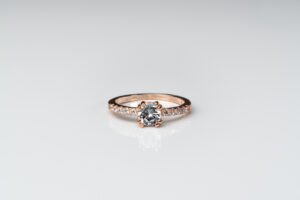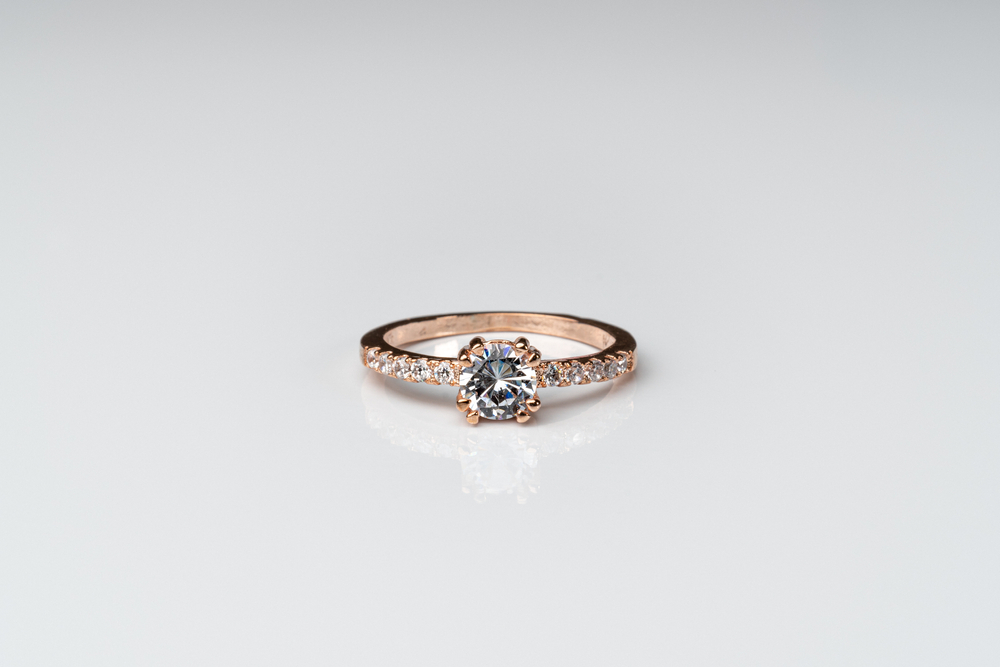
Often, we come across stories of people purchasing diamond rings at higher prices than they should. Those kinds of purchases happen when jewelers exploit the lack of customer knowledge. It is not fair to blame all customers for the mistake because laypersons cannot easily tell mined diamonds and lab grown diamonds apart. You need to know some tips and tricks to make that differentiation.
Check The Diamond For Something Inscribed On Its Girdle
There is often a small thing inscribed on the thin circumference of an artificial diamond, labeling the stone as one made at a laboratory. You cannot see it without a magnification tool. Spotting that inscription requires 20x magnification at the least. The size of those inscribed letters will correspond to that of the diamond girdle. A thin girdle has extra small letters, which makes 30x magnification necessary to spot the information.
Just because you cannot find the information on the diamond girdle, does not mean that the product is not laboratory-made. Why? Because not every artificial diamond is inscribed this way.
Look For Fluorescence

Large laboratories can access costly equipment units that are specialized for differentiating laboratory-made diamonds and their natural counterparts. A piece of technology that tends to be utilized here is the GIA’s DiamondView. It can test diamonds in numerous ways that aid the GIA in determining their origins as lab-made or natural.
To make that determination, a diamond will be bombarded with electromagnetic waves that make it glow or fluoresce. Artificial diamonds often fluoresce more brightly as compared to mined diamonds. Another indicator is the specific color that comes from each diamond when the waves hit the stone. Mined diamonds are usually blue. On the other hand, an artificial diamond made with the CVD technique has a bright orange glow. That said, if it is made with the HPHT technique, the stone would most commonly have a turquoise-like glow.
The Magnet Trick
There is a small amount of nickel or iron in artificial diamond inclusions. The inclusions can sometimes make the stone attracted to an unusual magnet. For the best output, we would recommend using a Neo magnet. Touch that magnet to your stone and see whether it comes off the place that it rests on. You may have to test with it on many surfaces around numerous different parts of your diamond to know how attracted the stone is to it.
